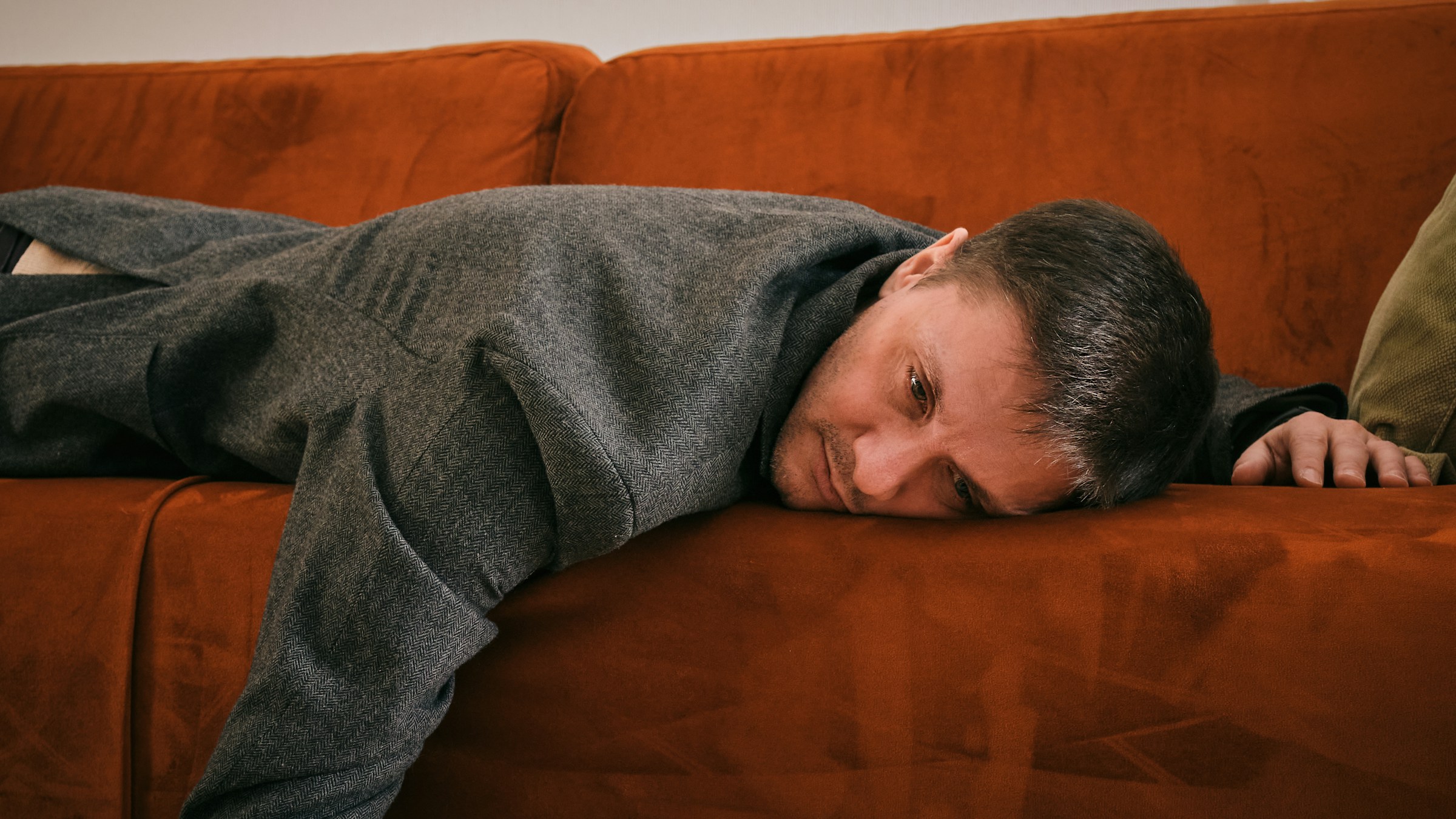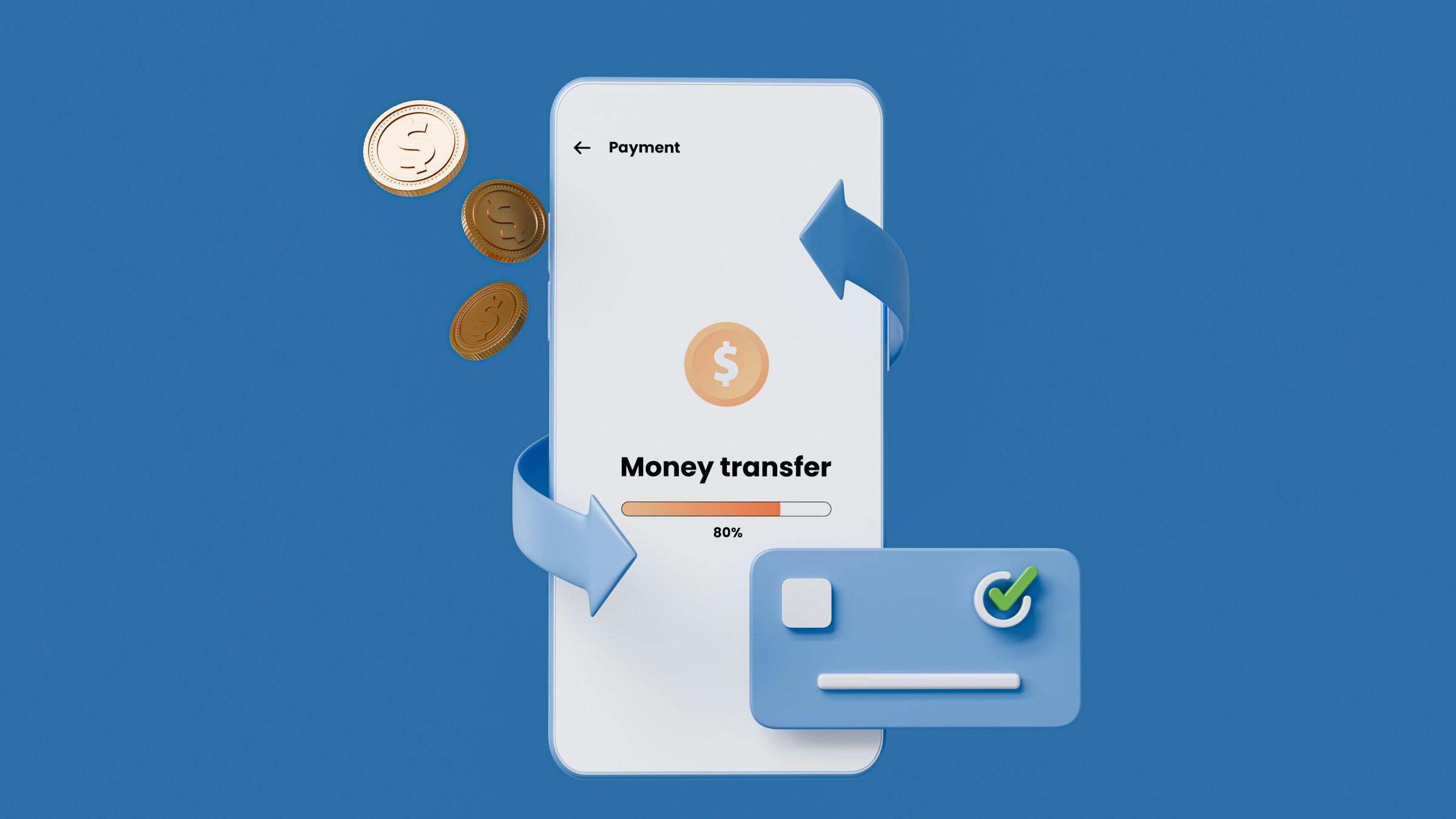Sleep deprivation rarely begins with a single late night. It grows out of a system that slips out of alignment, a set of daily inputs that nudge the brain and body away from their natural rhythm until feeling tired becomes the default. When people ask what causes sleep deprivation, they often imagine a willpower problem or a personality flaw. In reality the causes are mechanical and compounding. Biology sets a timetable, behavior shifts that timetable, and environment locks the changes into place. Once these forces interact, the result is a brain that wants to rest and a body that keeps receiving wake signals long after dusk.
At the base of the system sits the circadian clock. This internal timekeeper runs close to twenty four hours and organizes everything from hormone pulses to body temperature to the ebb and flow of alertness. Morning light that hits the eyes sends a clear message to this clock that the day has begun. Evening darkness is supposed to deliver the opposite message, which helps melatonin rise and prepares the brain for sleep. A second process builds in parallel. As the day unfolds, adenosine accumulates in the brain and turns up sleep pressure. When melatonin climbs and adenosine is high, sleep arrives quickly and stays stable. When light at the wrong time confuses the clock or when adenosine signals are masked, the two processes fall out of phase, and the body lands in that strange state where it feels both heavy and wired.
Modern schedules magnify the mismatch. Shift workers live at the sharpest edge of this problem. A string of night shifts tells the clock that daytime has arrived in the middle of the night. Rotations that swing from days to nights and back again never allow the clock to settle. The result is a rolling lag between social time and body time that no amount of weekend catch up can erase. Long haul travel creates a similar lag. The clock can only adjust so fast, usually about an hour per day at best. Until it catches up, the sleeper carries a debt in the background that can show up as short temper, poor reaction time, and foggy thinking.
Hormones shape this landscape in quieter ways that are easy to miss. Cortisol normally spikes in the morning to help you wake and then tapers through the day so that the evening is calmer. Chronic stress flattens this curve and holds cortisol high into the night, which nudges the brain toward alertness at precisely the wrong time. Thyroid disorders can make sleep shallow or fragmented. Perimenopause shifts estrogen and progesterone in ways that affect body temperature regulation and sleep architecture. Late pregnancy adds physical discomfort and frequent awakenings. Sleep apnea interrupts deep sleep with micro arousals that may not fully wake the sleeper but do break the continuity of the night. Pain, reflux, and chronic congestion do the same. None of these are moral failings. They are medical drivers sitting underneath daily life, often unrecognized, steadily eroding rest.
Behavior then adds its own push. Caffeine blocks adenosine receptors and removes the sensation of sleepiness without removing the need for sleep. A strong cup late in the afternoon can still be active at midnight because the half life is long. Some people metabolize caffeine slowly due to genetics, which means even a late morning dose can delay sleep onset. Alcohol confuses many people because it brings on drowsiness. It may help you fall asleep fast, but it fragments REM, increases awakenings, and leads to a less restorative night. The next day feels like wading through soft sand. Nicotine is a stimulant and late night vaping pushes the sleep window back. Intense exercise in the late evening raises core temperature and adrenaline, both of which make it harder to drift off. Heavy meals and spicy foods extend digestion and can cause reflux when you lie down. Sleep onset prefers a cooler core body temperature and a calm gut.
Screens complicate the picture through both light and content. Bright light in the hours before bed suppresses melatonin. Phones and laptops sit close to the eyes, which increases the effect. The content on those screens matters just as much. High arousal material keeps the brain in problem solving mode. Doomscrolling adds a cocktail of novelty, outrage, and unfinished stories that keep mental gears turning. Late night emails tell the nervous system that the workday never ended. The bed becomes a place where the brain expects to plan, react, and perform. That association primes wakefulness the moment your head touches the pillow.
Irregular schedules add a subtler twist. The brain loves rhythm. If weekday lights out happens around midnight and weekend lights out slips to three in the morning, the internal clock never stabilizes. Monday morning will feel like you flew across time zones even though you stayed home. Social jet lag has the same features as actual jet lag, only without the stamps in the passport. Over months, the windows for deep sleep shift and shrink. The person is in bed for many hours, but the architecture of sleep has tilted toward lighter stages that do not deliver the same recovery.
Environment can either support sleep or sabotage it. Evening light is the main lever. A bright kitchen or overhead LEDs after sunset keep the brain in day mode. Street noise or a television in the next room can fragment sleep even when you do not remember waking. A warm bedroom makes it harder for the core temperature to drop, so sleep onset takes longer and early night deep sleep is reduced. Pets that move at night, a partner who keeps a different schedule, or a mattress that holds heat chip away at continuity. Morning light also matters. Without strong daylight soon after waking, the clock has nothing firm to anchor to, and the timing of sleep drifts later.
Life stages create predictable patterns of deprivation that are not about personal discipline but about context. New parents expect frequent awakenings, and the combination of sleep fragmentation and early morning signals leads to heavy daytime sleep pressure paired with anxious alertness at night. Teenagers naturally run late because their clocks shift during adolescence. Asking a teen to fall asleep at nine in the evening is asking them to push against biology. Exam seasons, product launches, and caregiving for an elderly relative all add temporary load. The risk is that temporary becomes routine, which is how short term sleep loss hardens into a chronic state.
Medications and supplements play quiet roles in many households. Certain antidepressants are activating. Some asthma medications and decongestants increase alertness. Diuretics prompt nocturnal bathroom trips that break sleep into small blocks. Steroids raise energy and blood sugar, which is not helpful late at night. Even supplements can have unintended effects. Large doses of B vitamins or ginseng late in the day can push alertness into the evening. None of this means the medications are bad or avoidable. It simply means the timing and side effects need to be considered when the goal is to rebuild a stable night.
Mindset does not cause every case of sleep loss, but it can lock in the pattern. Rumination acts like cognitive caffeine. If the bed becomes the place where you solve problems, you train your brain to stay awake in that space. Perfectionism makes this worse. The more someone chases a sleep score on a watch, the more they worry, and the more aroused they become. The outcome is light, shallow sleep that feels like skimming the surface of rest without ever sinking into it. Over time people begin to fear bedtime, which strengthens the association between bed and wakefulness. That cycle starts as a response to a few bad nights and turns into a habit that sustains itself.
If you zoom out, sleep depends on three dials. The first is homeostatic pressure from adenosine. The second is circadian timing run by the internal clock. The third is overall arousal from stress and stimulation. Sleep deprivation appears when any one of these dials points away from sleep and the other two cannot compensate. Most modern lives turn all three in the wrong direction at once. Late caffeine dampens sleep drive. Bright night lighting and screen exposure shift the clock later. Constant inputs keep the nervous system on call. The result is a person who feels drained yet alert, heavy in the body and restless in the mind.
Social structures often add friction that individuals cannot entirely remove. Commutes reduce morning daylight exposure and push breakfast later, which blurs the anchors that keep the clock steady. Open offices filled with interruptions push deep work into the evening, so the brain carries unresolved tasks into the night. Food delivery makes late meals convenient, and late meals push back the drop in core temperature that helps sleep begin. A culture that treats sleep as a leftover, something done in whatever time remains after work and screens and errands, trains people to see rest as optional rather than foundational.
Rebuilding sleep begins with understanding these causes as parts of a system rather than a list of isolated mistakes. Morning light is not a wellness trend. It is the main way to anchor the clock. Ten to thirty minutes outdoors soon after waking sets the brain’s expectation for the day and pulls melatonin to the right side of the cycle. Caffeine is useful when timed early and modestly, but it becomes an obstacle when it migrates into the afternoon. A personal caffeine curfew removes guesswork. Meals that end two or three hours before bedtime create room for temperature to fall and for digestion to quiet down. Training earlier in the day is ideal, and if evening sessions are the only option, lower intensity helps the nervous system wind down instead of winding up.
Light at night should be treated like a drug. Dim the home after sunset. Use lamps rather than overheads. Increase the distance between eyes and screens to reduce intensity. The bedroom is not a mood board. It is a tool. Cool, dark, and quiet are not aesthetic choices. They are basic requirements for a brain that needs to enter deep sleep. If noise is inevitable, consistent white noise can mask the random spikes that trigger micro awakenings. If sleep does not come after twenty minutes, getting out of bed to read a dull paper book in low light helps retrain the association between bed and sleep. The key is to remove pressure from the moment and to let sleep arrive rather than chase it.
When changes in timing and environment do not improve the picture, it is time to consider medical causes. Loud snoring, dry mouth, morning headaches, and daytime sleepiness point toward sleep apnea. Persistent insomnia that survives good sleep hygiene often responds to cognitive behavioral therapy for insomnia, which targets the thoughts and behaviors that keep insomnia alive. Thyroid checks and medication reviews are practical steps that can remove invisible drivers. None of this requires perfection. It requires a systematic approach and patience.
The most important shift in thinking is to see sleep as an output of the system you run through the day rather than a task you succeed or fail at in the final hour. The causes of sleep deprivation are not mysterious once you view them through the lenses of timing, light, load, and context. A stable morning brightens the day and darkens the night in the ways that matter inside the brain. Consistent mealtimes and caffeine timing reduce noise in the signals that govern sleep pressure. Dimming the evening and protecting the bedroom creates a physical container where rest is more likely than rumination. Addressing medical factors removes leakages that no bedtime routine can solve on its own.
Sleep will always face bad weeks. A baby gets sick, a deadline arrives, a family member needs care. A good system is durable enough to bend during those weeks and return to form afterward. If your approach cannot survive a rough patch, it was never robust. Treat sleep like any important project. Align the inputs, respect the timing, lower unnecessary load, and build a space that supports the outcome you want. When you do that, the question of what causes sleep deprivation becomes less abstract. It becomes a checklist of levers you can see and touch, and a reminder that rest is not won by force. It is earned through rhythm, light, and practical kindness applied to the shape of your day.




.jpg&w=3840&q=75)




.jpg&w=3840&q=75)


.jpg&w=3840&q=75)


